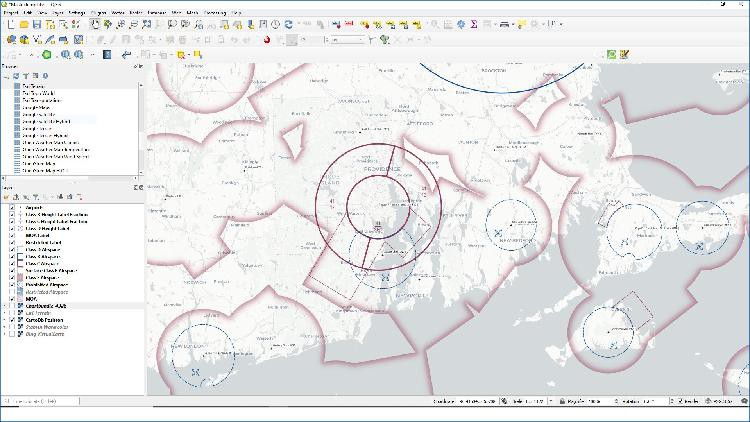GIS for Drone Pilots using QGIS (w/ Airspace Data Template)
You can use QGIS to plan the flight, look at the data it collects, and write professional-looking reports.
What you’ll learn
GIS for Drone Pilots using QGIS (w/ Airspace Data Template)
- GIS software can help you figure out how to use drone data to get better.
- Use drone data to make Contour Lines, Hillshades, Slope Calculations, and Slope Aspects, among other things.
- Map pages for client reports can be customized.
- Then, make posters of orthomosaics.
Requirements
- It helps if you’ve used QGIS or GIS before, or if you’re good at learning new computer programs.
- However, if you can fly a drone or drive a GIS, you can do this!
Description
GIS and drone technology are both powerful tools that can help people understand the world we live in. Even if you already know how to use GIS and want to learn how to use drones, you’re in the right place. They both need the same mindsets, like paying attention to detail, focusing on the task at hand and being accurate. If you can do one, why not do both?
Those who have some knowledge of either GIS concepts or drone mapping are best for this class. People who are good at learning new software are also good for this class. The course is great for people who have drone data and want to look at it more than just run it through Drone Deploy and the like. Using your DEM data, you will learn how to make elevation contours, figure out how steep the terrain is, and figure out which way the sun is hitting the ground. You’ll also learn how to go online and get data layers like town boundaries, watershed areas, and streams, and then put them on top of your orthomosaics, so you can see them better. From there, you add professional borders, titles, scale bars, and your logo, and you make professional-client deliverables that are better than your rivals.
As if that wasn’t enough, this course comes with a treasure trove of GIS data from the FAA. A Geopackage and QGIS Project file with more than a dozen pre-symbolized layers is in the lecture resources section. These layers include a Classed Airspace polygon (B, C, D, E, E to Surface), MOAs, Restricted and Prohibited Airspaces, and airport locations. You can use these layers to make your own maps. Aerial photos, open street map data, and Sectional Charts are all examples of base maps. You will learn how to put these shapes on top of a lot of them. Just the ability to make Sectionals that are custom, titled, scaled, and centre-centred is worth the small investment. Your game of delivering goods is about to take off!
GIS professionals who want to learn more about using drones, as well as those who want to learn how to make better deliverables with them. This class is for you!
Who this course is for:
- This course is for people who use QGIS and want to learn how to use drone data in their work.
- The course is also good for computer-savvy drone pilots who want to improve their client deliverables and analytical skills by taking the course, as well.
GIS for Drone Pilots using QGIS (w/ Airspace Data Template) FreeCourseSites.com
Master Text Animation with After Effects
Download Now









